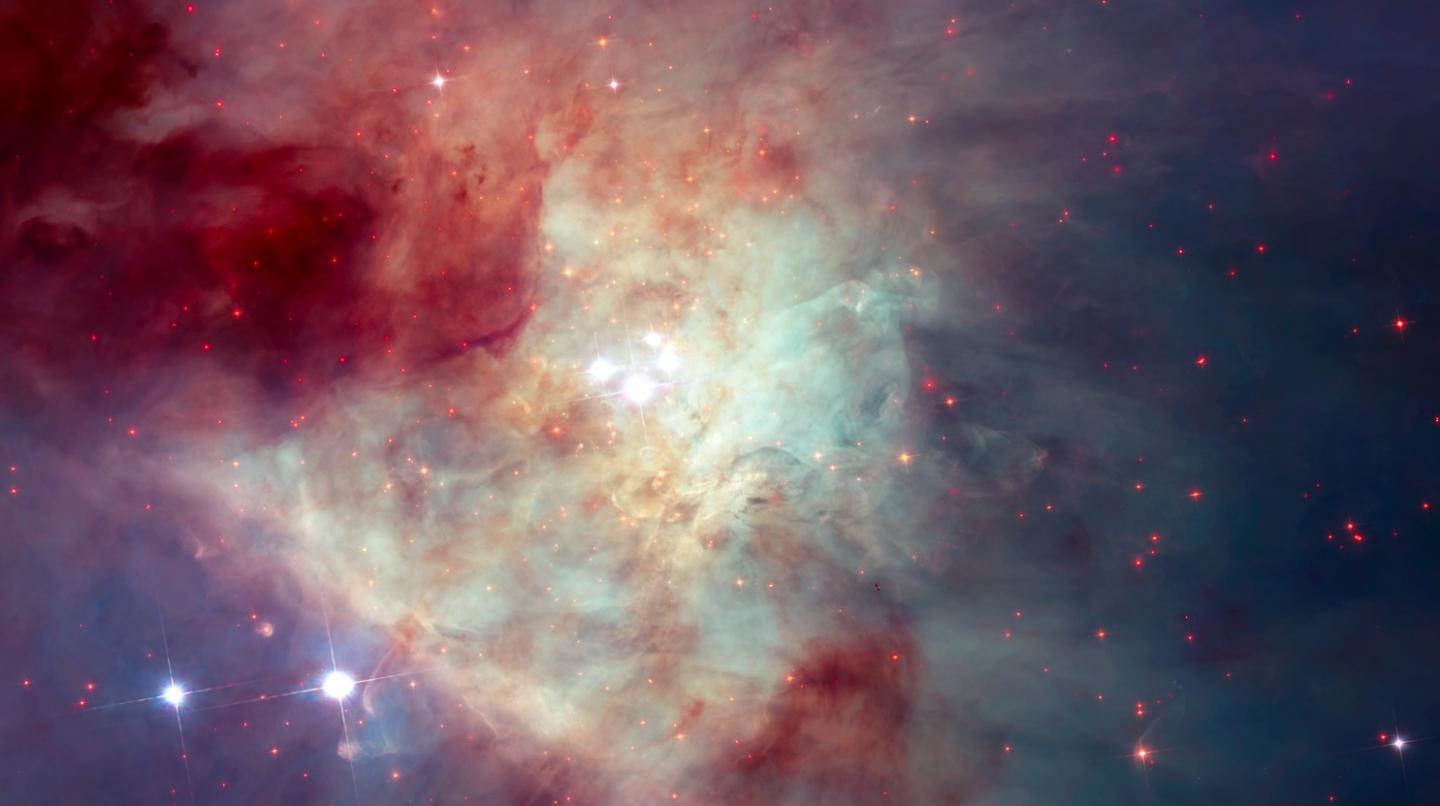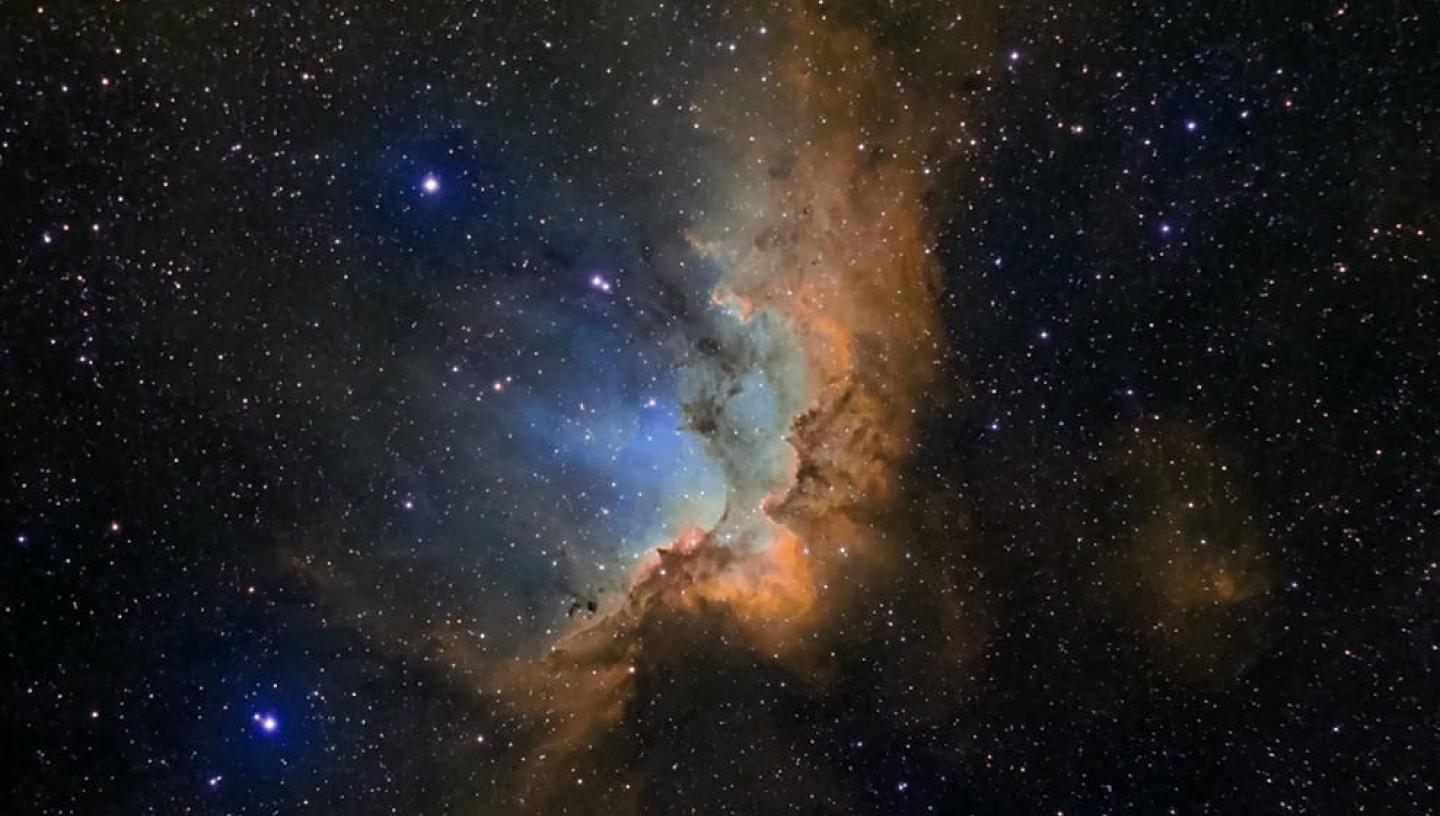
Essential Information
| Location |
Royal Observatory
|
|---|---|
02 Dec 2019
Discover what to see in the night sky during December 2019, including the Geminids meteor shower.
By Patricia Skelton, Astronomy Education Officer
(Details given are for London and may vary for other parts of the UK)
Top 3 things to see in the night sky in December:
- Throughout the month: Explore the constellations Orion, Taurus and Gemini.
- 10 December: After sunset, spot Venus below Saturn.
- 14/15 December: Keep an eye open - it is the peak of the Geminids meteor shower.
Look Up! Podcast
Subscribe and listen to the Royal Observatory Greenwich podcast. As well as taking you through what to see in the night sky each month, Royal Observatory Greenwich astronomers pick their favourite astro news story. For December, they're chatting about how the mass of a galaxy determines the direction in which it spins and they talk about the first detection of water vapour above the surface of the Galilean moon Europa. Have a listen below then vote for your favourite news story on our Twitter poll during the first week of the month.
Our podcast is available on iTunes here
Astronomy in December 2019: key events and what to see
Throughout the month: Taurus, Orion and Gemini
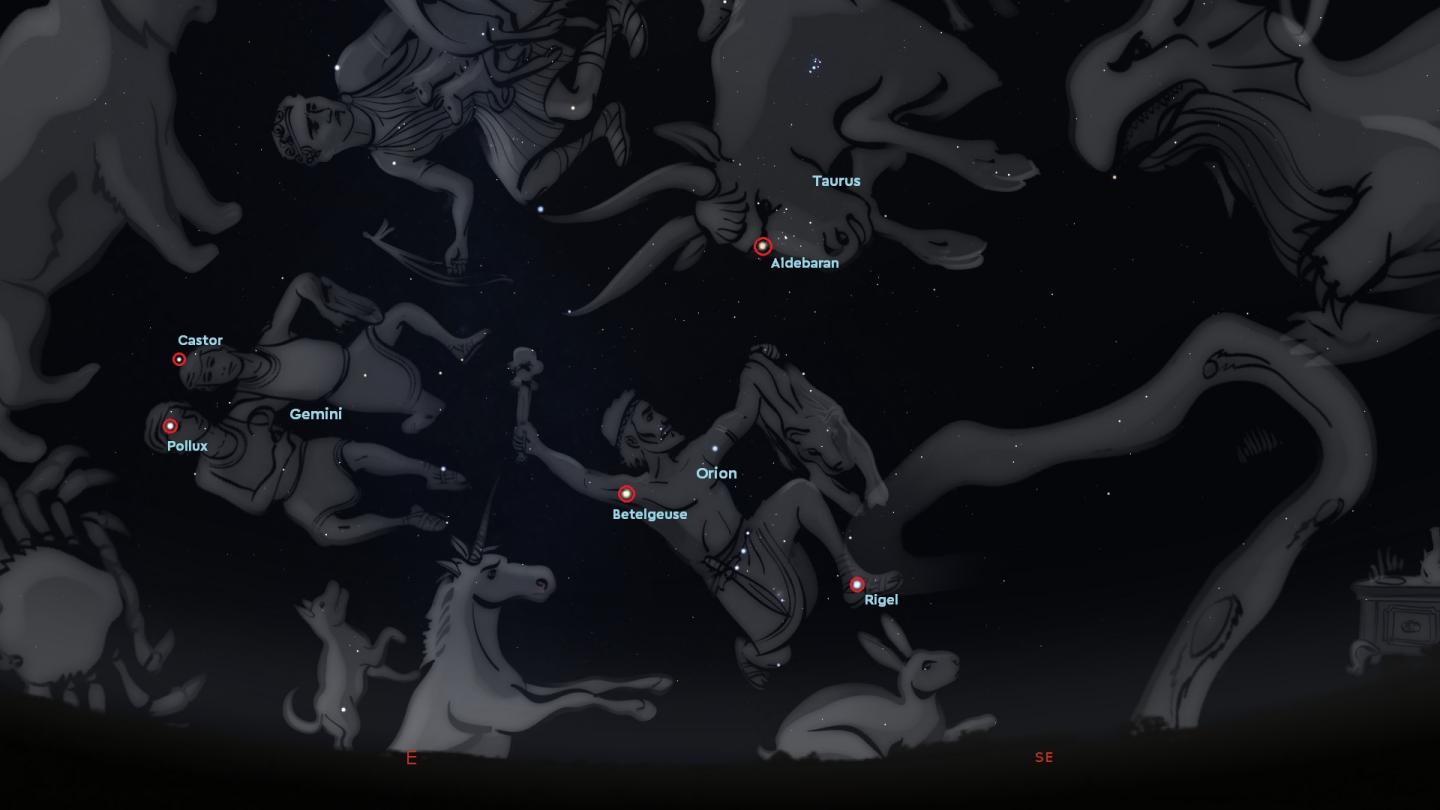
Look towards the east after sunset and you’ll spot a V-shaped pattern of stars rising above the horizon. These stars represent the head of the constellation Taurus the Bull with the “eye” of the bull marked by bright orange-red giant star Aldebaran. As the bull makes its way across the sky, it is followed by the constellation Orion the Hunter. Orion is easy to spot thanks to the diagonal line of three stars that mark Orion’s belt – have a look below the belt and you’ll spot the stars that represent Orion’s sword. Two of the brightest stars in the sky can be found in Orion – Rigel, a blue-white supergiant, and Betelgeuse, a red supergiant. Draw a line from Rigel through Betelgeuse and you’ll spot the twin stars Castor and Pollux in the constellation Gemini the Twins. All three constellations are home to fantastic deep sky objects – you’ll find the Orion Nebula in Orion’s sword, the Crab Nebula alongside one of the horns of Taurus, and the open star cluster M35 in Gemini.
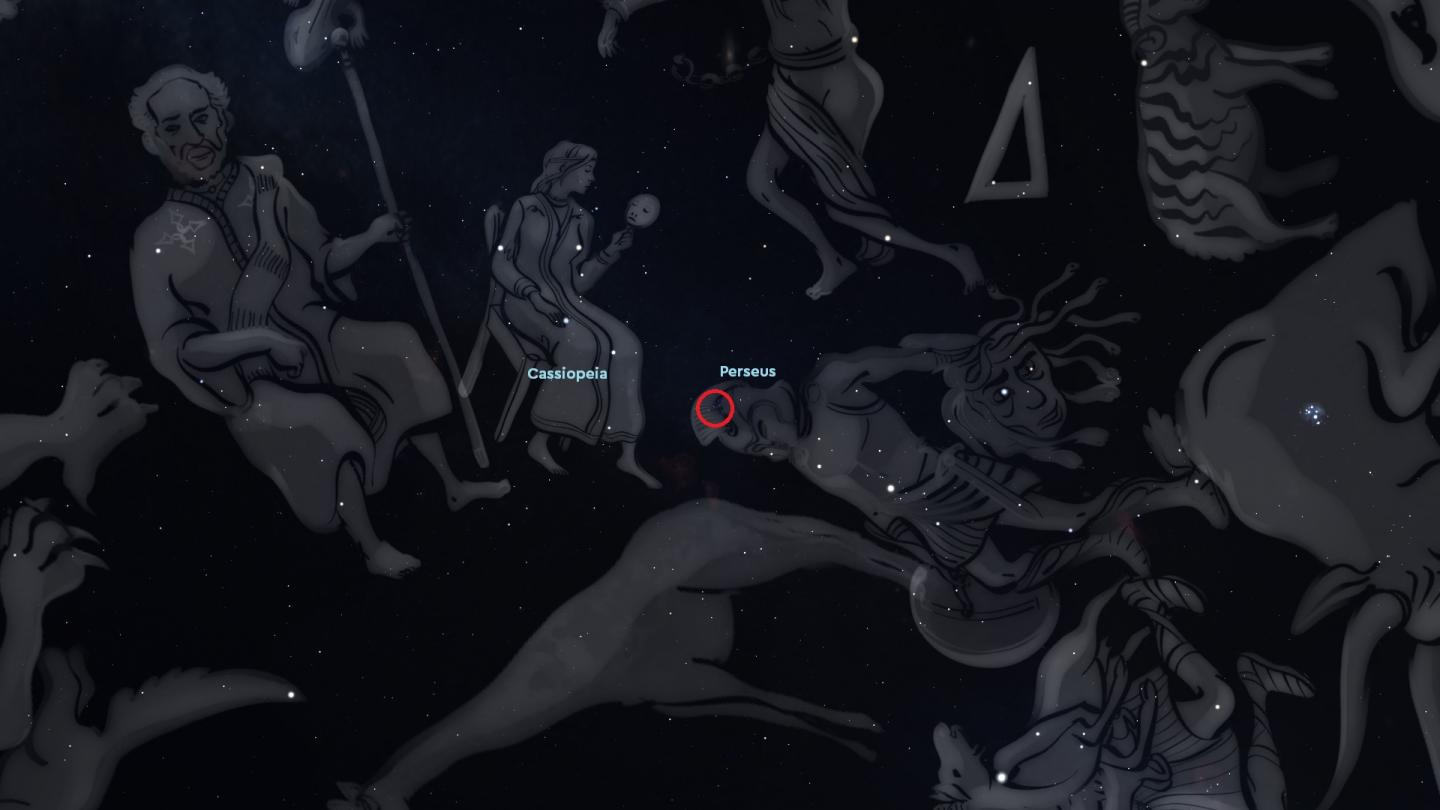
Between the constellations of Perseus and Cassiopeia lies the Double Cluster in Perseus. Consisting of a pair of open star clusters, the Double cluster is visible to the unaided eye in dark sky areas and is a spectacular sight through a pair of binoculars. To locate the Double cluster, find the distinct W-shaped constellation Cassiopeia. Draw a line from Gamma Cassiopeia through Delta Cassiopeia towards Perseus and you’ll spot the brilliant blue white stars that dominate the Double Cluster. Both clusters lie over 7,000 light-years from the Earth and are only a few million years old – much younger than our 4.5 billion-year old Sun.
Throughout the month: The planets
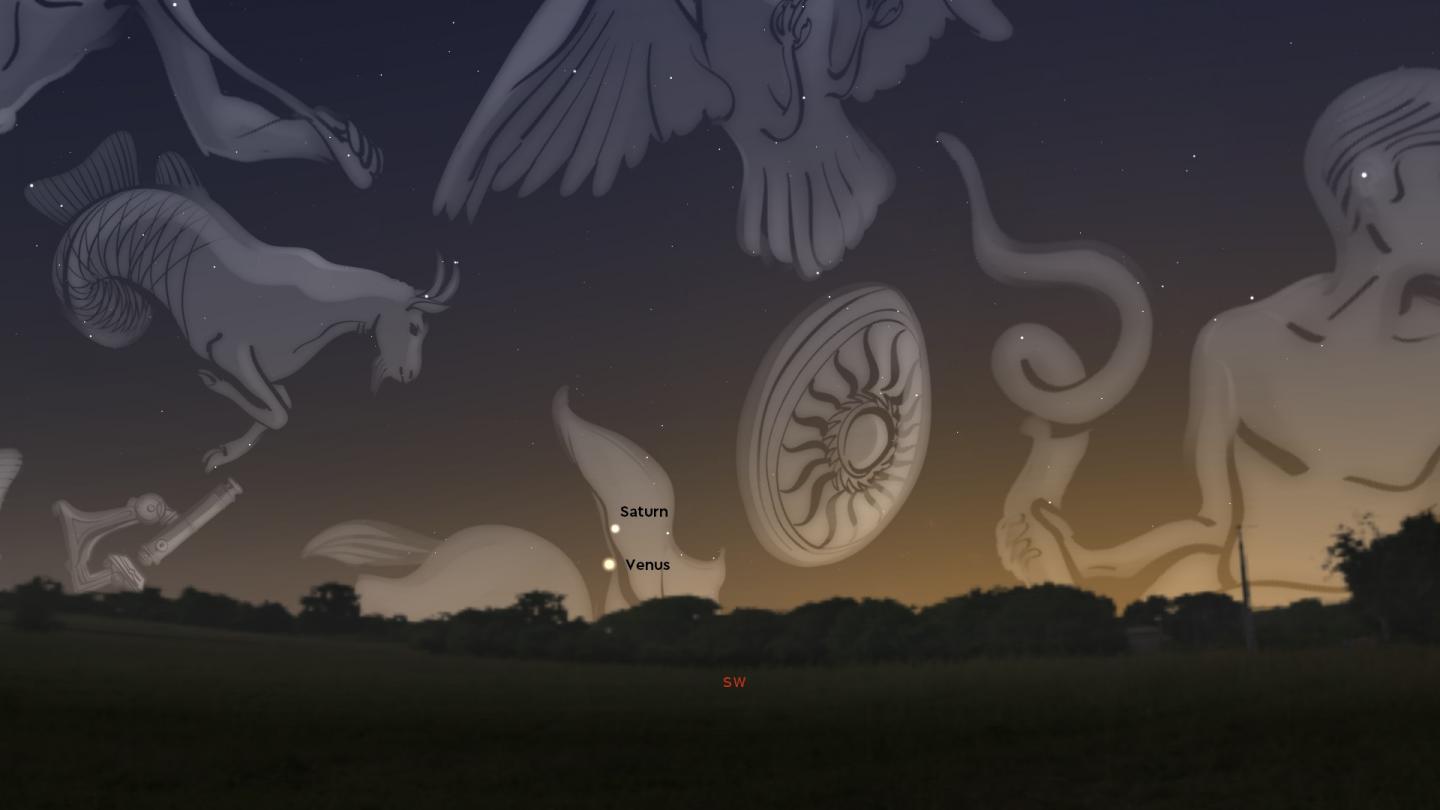
Skywatchers with an unobstructed view towards the south-western horizon will see the planet Venus shining brightly in the sky. Keep an eye on Venus from the beginning of the month and you’ll see the planet move across the sky towards Saturn. On December 10th, Venus will lie below Saturn with the two planets reaching conjunction, where they share the same ecliptic longitude, on December 11th. After dominating the summer night sky, Jupiter begins the month low above the south-western horizon after sunset, and will disappear from view by the middle of the month. The distant ice giants Uranus and Neptune are still up in the evening sky this month – wait for clear and dark skies and grab a telescope to spot these planets. For early-risers, the red planet Mars rises at around 5:00am, hugging the horizon until it gets lost in the light from the rising Sun.
14/15 December: The Geminids
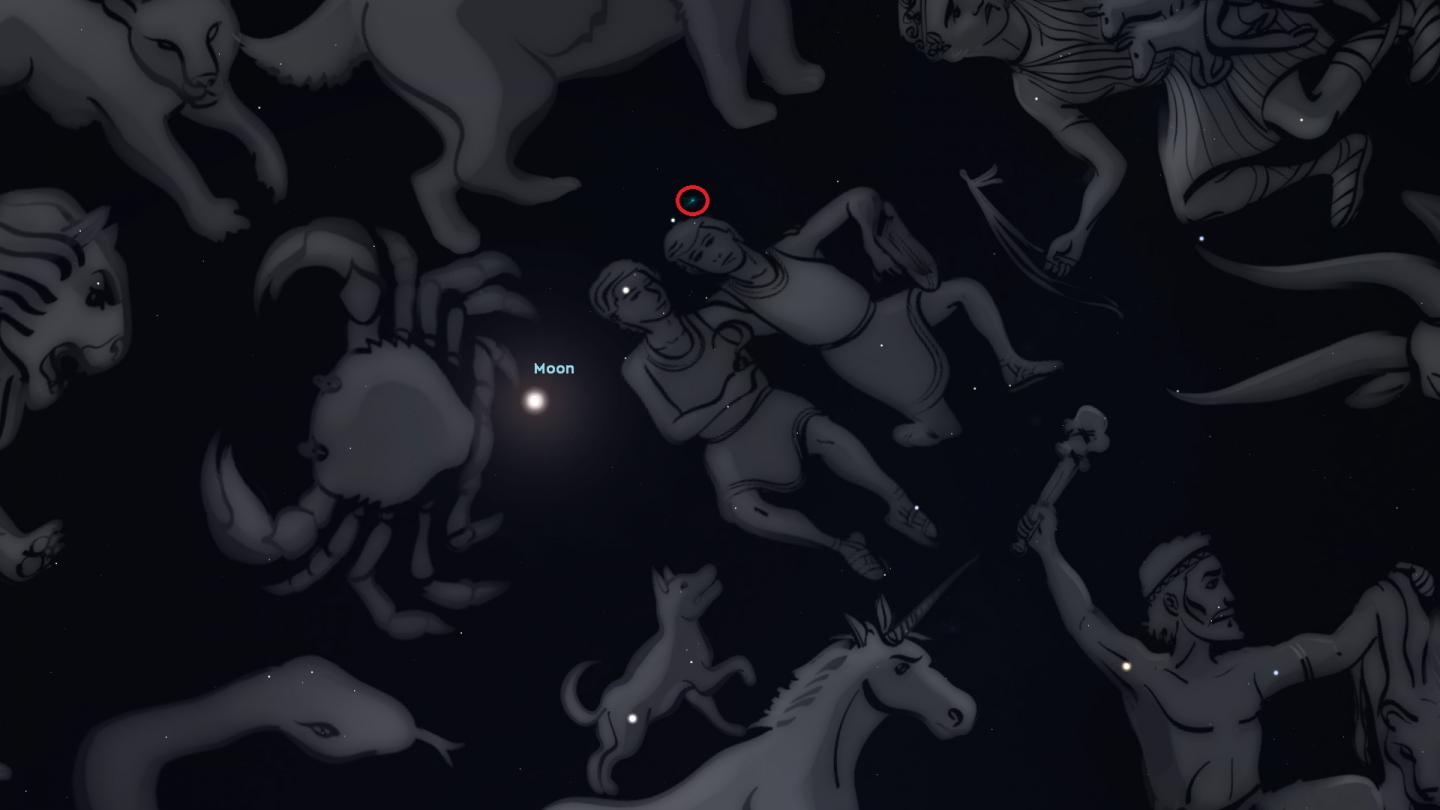
On the night of 14th December and in the early hours of the 15th, skywatchers will be treated to the peak of the last of the year’s major meteor showers – the Geminids. Meteors, which are also commonly referred to as ‘shooting stars’, are pieces of debris that enter the Earth’s atmosphere and burn up producing the streaks of light that we see during a meteor shower. The source of debris for this meteor shower is an asteroid called 3200 Phaethon making the Geminids one of the only major meteor showers not originating from a comet. The Geminids have been known to produce spectacular displays with over 100 meteors per hour at the peak of the shower. Unfortunately, the moon is not in a favourable phase for this year’s shower with full moon occurring on the 12th. To improve your chances of spotting some meteors, wrap up warm, head out to a dark sky location and aim your gaze about 45 degrees away from the bright star Castor in the constellation Gemini.
22 December: Winter Solstice
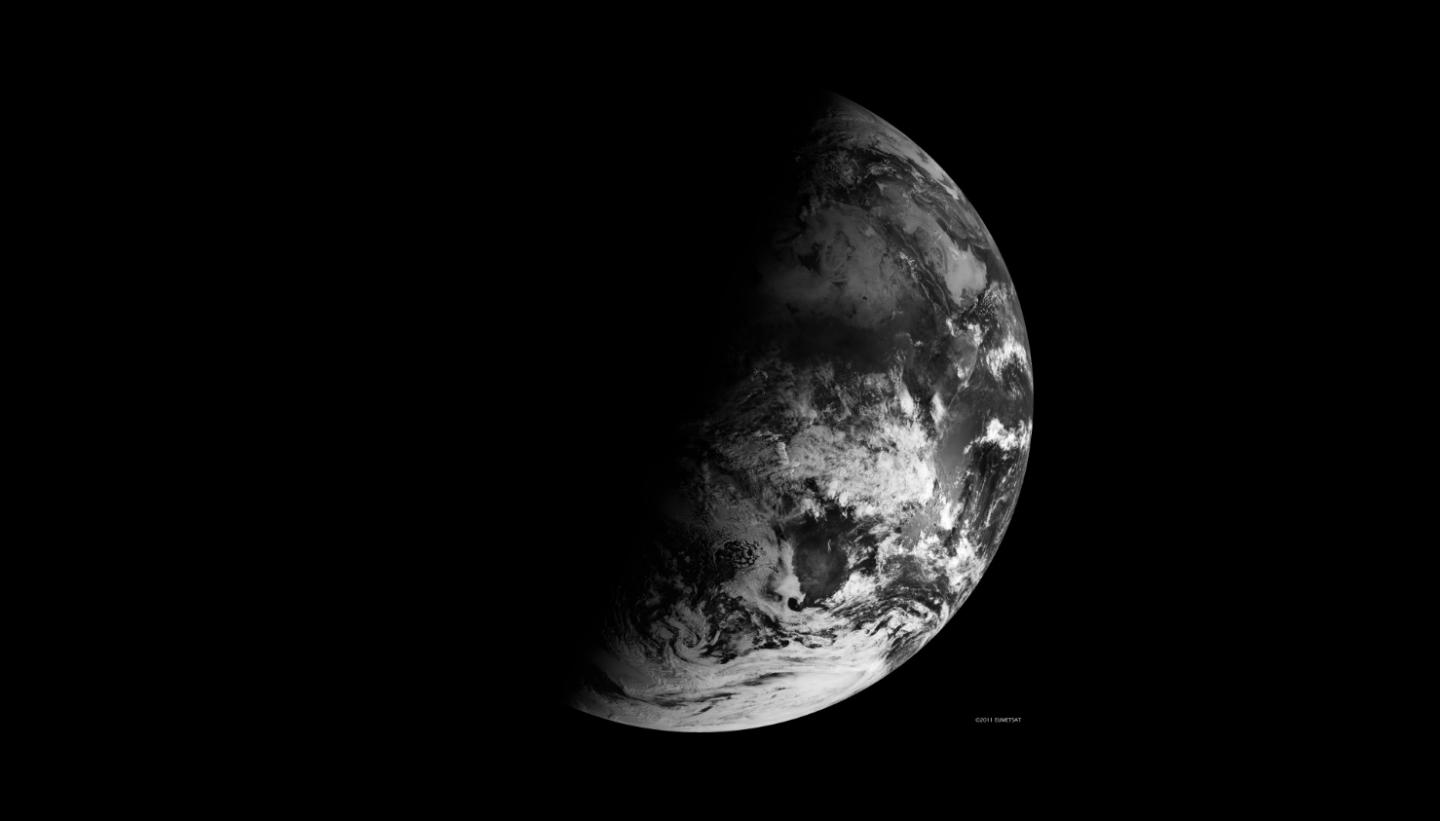
The winter solstice occurs on 22 December and marks the beginning of astronomical winter. On this day, the northern hemisphere has its maximum tilt away from the Sun and we will experience the fewest hours of daylight. For those missing the long days of summer, the good news is that after the winter solstice the days will start to get longer and the nights shorter. In the meantime, use the extra hours of darkness to enjoy the wonders of the winter night sky.
The Moon's phases this month
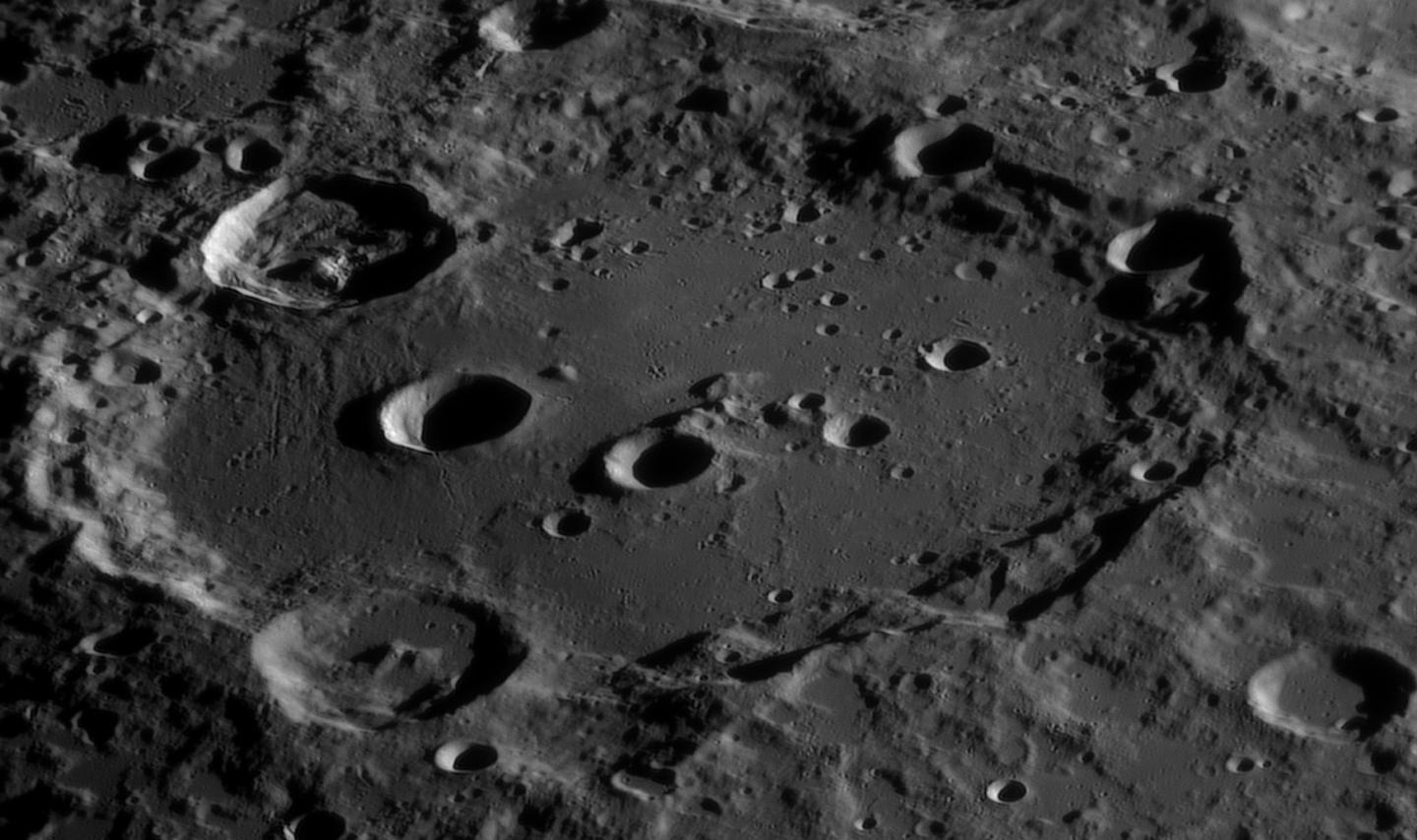
- 4 December - first quarter moon (6:58am)
- 12 December - full moon (5:12am)
- 19 December - last quarter moon (4:57am)
- 26 December - new moon (5:13am)
Find out more about the Moon at our exhibition
Stargazing Tips
- When looking at faint objects such as stars, nebulae, the Milky Way and other galaxies it is important to allow your eyes to adapt to the dark – so that you can achieve better night vision.
- Allow 15 minutes for your eyes to become sensitive in the dark and remember not to look at your mobile phone or any other bright device when stargazing.
- If you’re using a star app on your phone then switch on the red night vision mode.
- Need a stargazing telescope or binoculars? Check out our range of high quality observing equipment recommended by Royal Observatory astronomers.
See our range of observing equipment
Share your astronomy pictures
Congratulations to Shaun Reynolds for his beautiful image of the night sky. He shared his image on our astrophotography Facebook page and we chose it for Decmber's banner image.
If you want to be in with a chance to showcase your astrophotography skills on the banner of next month's night sky blog, share your photos via our Royal Observatory Astrophotography Facebook group
You can also connect with us on Twitter: @ROGAstronomers
Marvellous Moons Exhibition
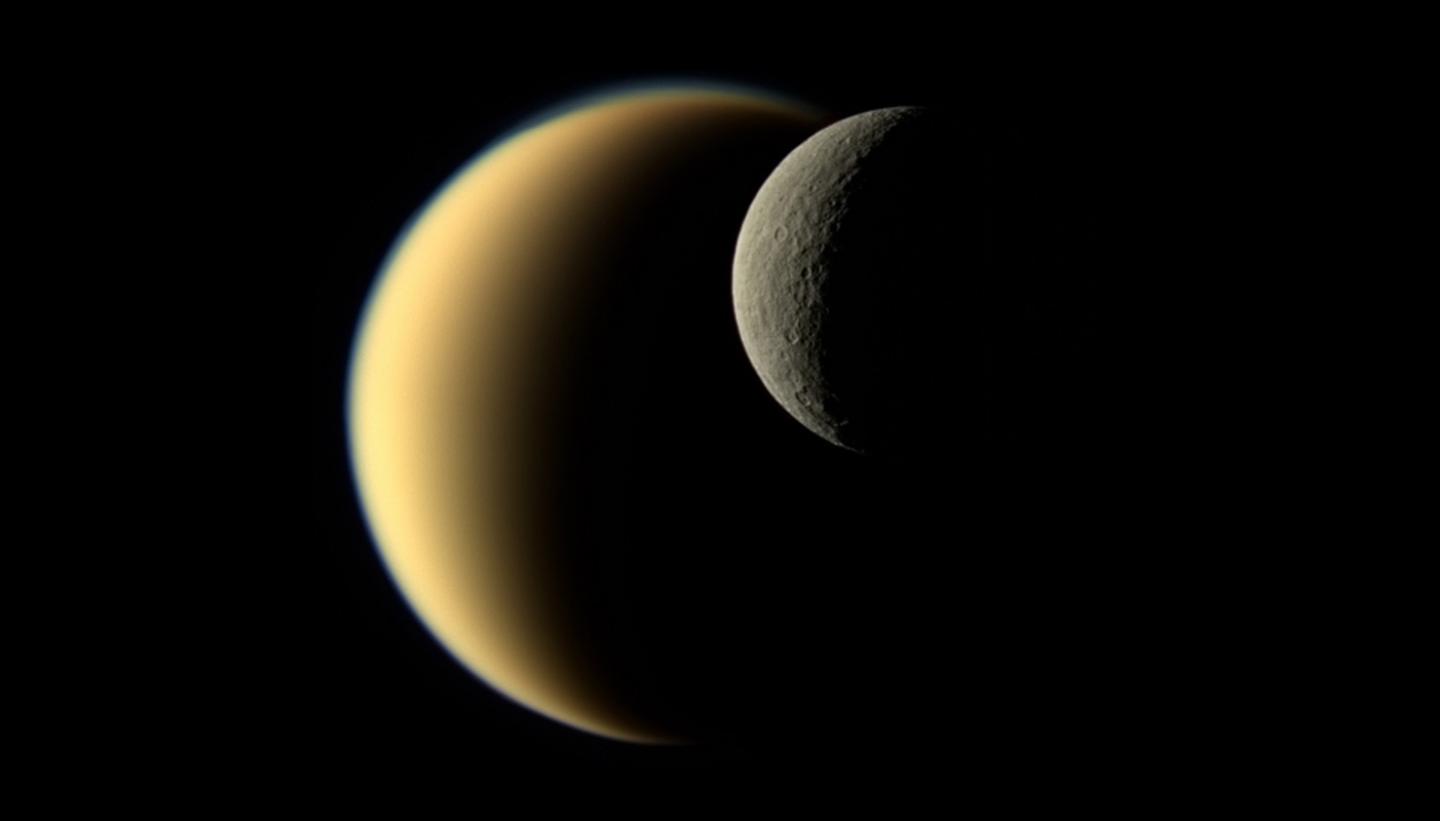
Come and see spectacular images of the amazing moons in our solar system and learn more about them in our free exhibition at the Royal Observatory Greenwich.
The exhibition is open daily until 20 March 2020.
See more of the night sky
Come on an amazing tour of this month's night sky in our Sky Tonight planetarium show delivered live by a Royal Observatory Greenwich astronomer.
See the Sky Tonight planetarium show
Central image: © Shaun Reynolds
Resources for teachers and students
The Royal Observatory learning team has also created
- Free animated videos that answer the biggest questions in astronomy and free resources to go alongside them.
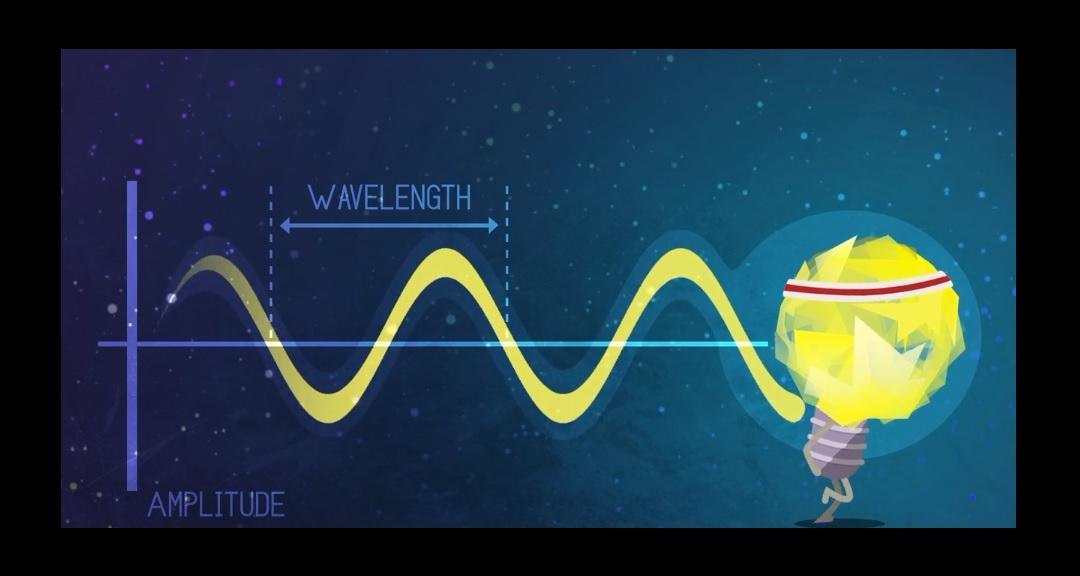
- A whole host of podcasts featuring interviews with real space scientists, astronauts and active researchers working in UK universities.
